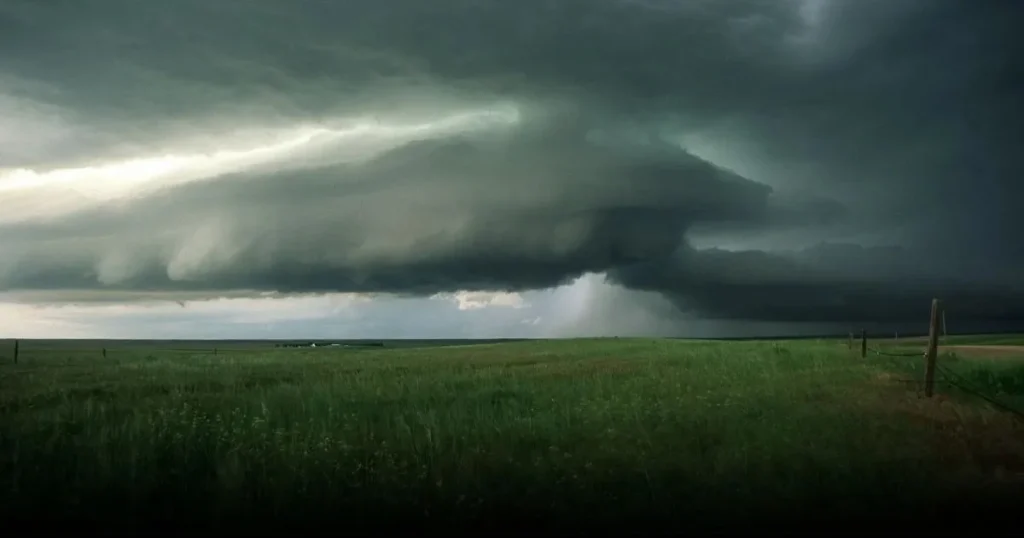On February 16, 2025, the National Weather Service (NWS) issued tornado warnings for several counties in South Carolina and Georgia. These warnings have since expired, but they underscore the importance of understanding tornado dynamics, preparedness, and the impact of such weather events in these regions.
Overview of the Tornado Warnings
The tornado warnings were prompted by severe thunderstorms moving through central South Carolina and east-central Georgia. The NWS in Columbia, SC, identified areas at risk and issued warnings to alert residents of the potential danger.
Affected Areas
In South Carolina, the warnings covered central Fairfield County, southwestern Lancaster County, Lee County, Calhoun County, southeastern Chesterfield County, Lexington County, western Sumter County, northeastern Aiken County, northwestern Orangeburg County, Richland County, and Kershaw County. In Georgia, northeastern Columbia County and eastern Lincoln County were among the areas under warning.
Timing and Duration
The warnings were issued in the early morning hours, with some starting as early as 7:25 AM EST and lasting until 8:30 AM EST. During this period, residents were advised to seek immediate shelter due to the potential for tornadoes and severe thunderstorms.
Meteorological Conditions Leading to the Warnings
The severe weather conditions were attributed to a strong cold front moving through the southeastern United States. This front created an environment conducive to the development of severe thunderstorms and tornadoes.
Atmospheric Instability
The clash between warm, moist air from the Gulf of Mexico and the advancing cold front resulted in significant atmospheric instability. This instability is a key ingredient for the formation of severe thunderstorms capable of producing tornadoes.
Wind Shear
Wind shear, or the change in wind speed and direction with height, was also a contributing factor. The presence of strong wind shear can enhance the rotation within thunderstorms, increasing the likelihood of tornado development.
Impact on the Affected Regions
While the tornado warnings have expired, it’s essential to assess the impact of the severe weather on the affected regions.
Property Damage
Reports indicate that the severe thunderstorms associated with the tornado warnings led to damage in several areas. In Fairfield County, South Carolina, for instance, an EF-1 tornado with winds over 90 miles per hour caused damage to structures and uprooted trees. In Georgia, Meriwether County experienced an EF-1 tornado that lasted over 24 miles, producing winds up to 90 mph and causing significant property damage.
Power Outages
The severe weather conditions resulted in power outages across both states. Falling trees and damaged power lines contributed to these outages, leaving thousands without electricity during and after the storms.
Transportation Disruptions
Flooded roads, fallen debris, and damaged infrastructure led to transportation disruptions. Some highways were temporarily closed, and local authorities advised residents to avoid non-essential travel until conditions improved.
Importance of Tornado Preparedness
The recent tornado warnings highlight the critical need for preparedness in tornado-prone areas.
Early Warning Systems
Early warning systems play a vital role in alerting residents about impending severe weather. The NWS utilizes advanced radar and monitoring systems to detect potential tornadoes and issue timely warnings. Residents are encouraged to stay informed through official channels and have access to weather alerts.
Emergency Plans
Having a well-defined emergency plan is essential. Families should identify safe areas within their homes, such as basements or interior rooms, and conduct regular drills to ensure everyone knows the procedures during a tornado warning.
Emergency Kits
Maintaining an emergency kit with essentials like water, non-perishable food, medications, and first-aid supplies can be lifesaving during and after severe weather events.
Historical Context of Tornadoes in the Southeast
The southeastern United States, including South Carolina and Georgia, has a history of tornado activity.
Frequency and Seasonality
While tornadoes can occur at any time of the year, the Southeast often experiences a secondary peak in tornado activity during the fall and winter months, in addition to the primary spring season. This pattern is due to the region’s unique climatological factors.
Notable Past Events
In December 2024, a series of tornadoes touched down in both states, causing significant damage and highlighting the region’s vulnerability to such events. These incidents serve as reminders of the importance of continuous preparedness and awareness.
Conclusion
The expiration of the recent tornado warnings in South Carolina and Georgia does not diminish the importance of understanding and preparing for such severe weather events. Residents are urged to stay informed, have emergency plans in place, and prioritize safety to mitigate the impact of future tornadoes.



